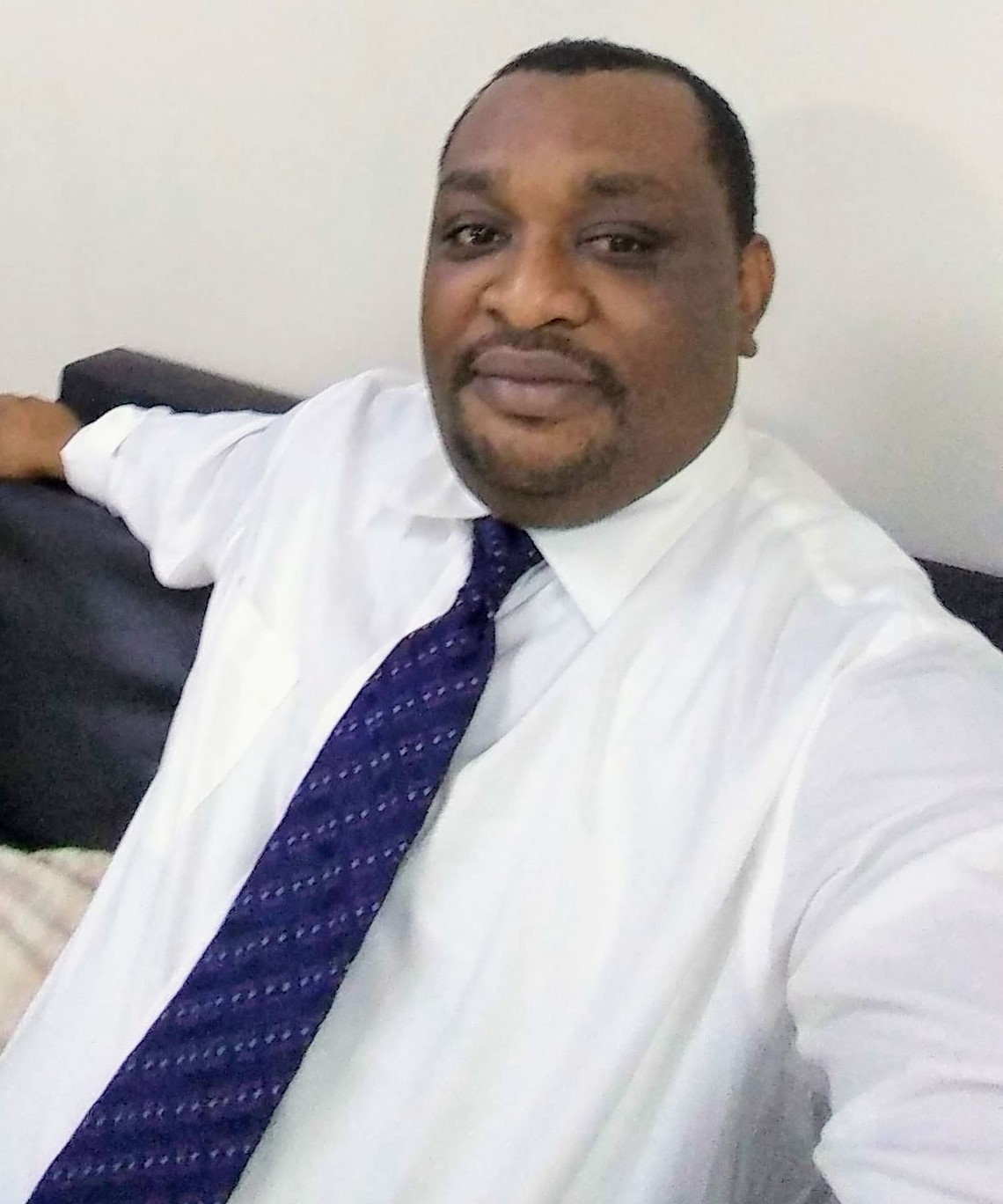
Professor Bello Y. Makama considers himself to obtain an excellent PhD from the University of Reading, United Kingdom. Prof. Makama had his BSc from Bayero University. Prof. Makama started his teaching career at Kano University of Science and Technology in March 2001 and spent most of his time in teaching and research in different areas and diverse settings. Prof. Makama thought mentored and advised students at different levels and in different countries, including the United Kingdom and the United States of America.
Prof. Makama has held various committees and leadership positions, including my current role of Laboratory Manager at State University of New York SUNY-Erie, Director Research & Development Institute, Director Central Research Laboratory, Kano University, and Head of Chemistry at Kano University.
Prof. Makama research involves Drug Discovery and Renewable Energy Sources.
Over the last 25 years, Prof. Makama research focused on finding new renewable energy sources, medicinal chemistry, natural product isolation, drug discovery, drug structure-activity relationship studies (SAR), lead compound optimization, and assay development.
- Initially, Prof. Makama work involved methodologies in the Lewis acids catalyzed Homogenous Transesterifications, an efficient strategy for biodiesel production. We had in mind that hydrocarbons may not likely remain the backbone of our global energy infrastructure for the coming decades since the world will undoubtedly undergo unprecedented changes as the energy regime transforms into a greater dependence on alternative energy sources.
More recently, Prof. Makama developed an interest in the more prospective areas of renewable energy research. Solar offers the greatest potential return of all the future renewable energy sources (as much as ten times the world’s energy needs to be expected at the end of this century). One area of solar energy-related research is the study of photochemical reactions of molecules that absorb visible light. Our recent efforts have focused on preparing clusters of visible light-absorbing chromophores that may be used to harvest light. Such light-harvesting arrays can be used to channel energy into electrochemical cells designed to convert light to electrical energy (photoelectrochemical cells). The chromophores we have examined include porphyrins, phthalocyanines, and a variety of transition metal complexes. Through synthetic and laser spectroscopic investigations, we are studying the factors that influence the reactivity and stability of these classes of visible chromophores.
- Prof. Makama is also hugely involved in drug discovery from natural sources and synthetic methodologies. Working towards the Anti- Degenerative Disorders and Anti-Cancer. We have developed many synthetic targets for drug discovery purposes. Strong collaborations with “Science and Technology Infrastructure” such as 1H NMR spectroscopy, mass spectroscopy, Infrared spectroscopy, X-ray crystallography, and chromatographic separation techniques, all of which underpin the research
Email: bymakama@accrec.org
Address: 2722 Pierce Avenue, Niagara Falls, NY
14301
Tel: 646-255-4862